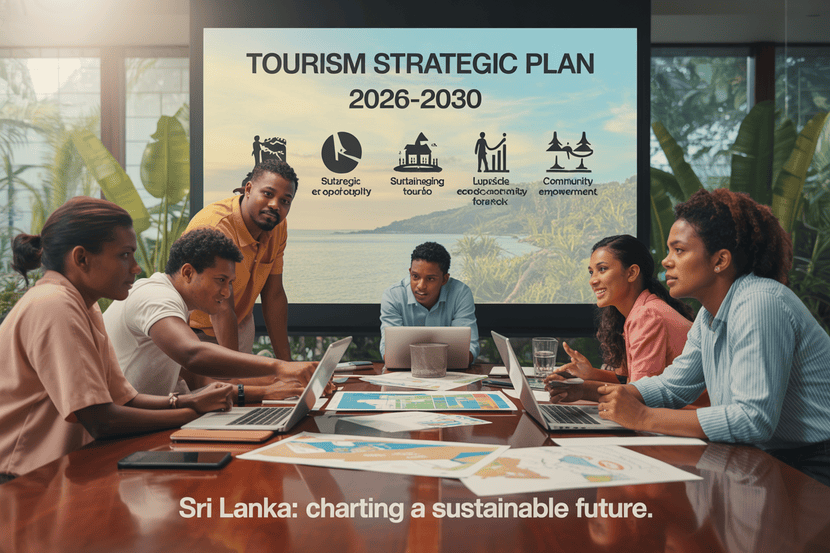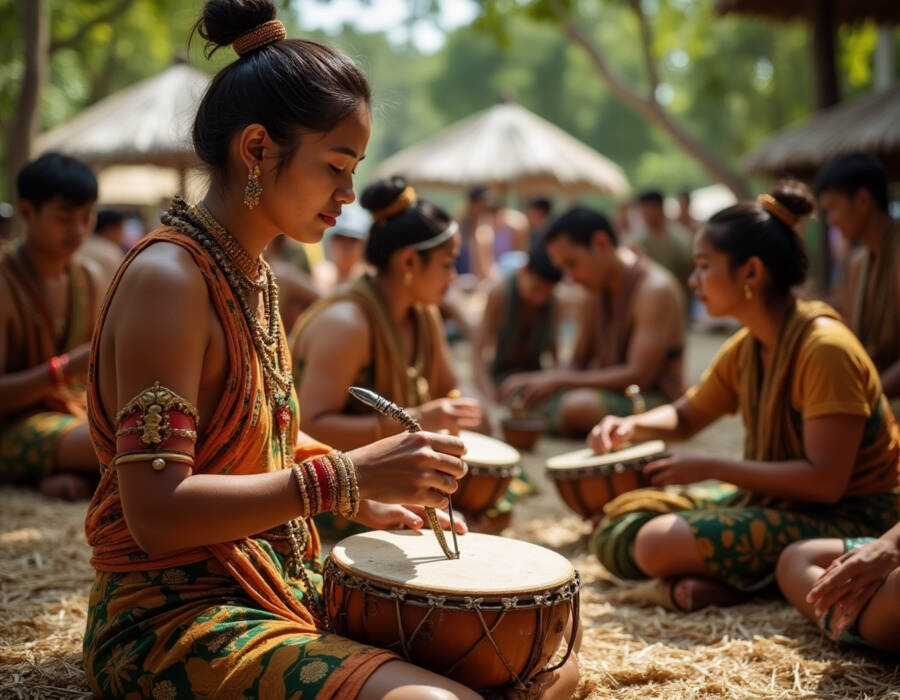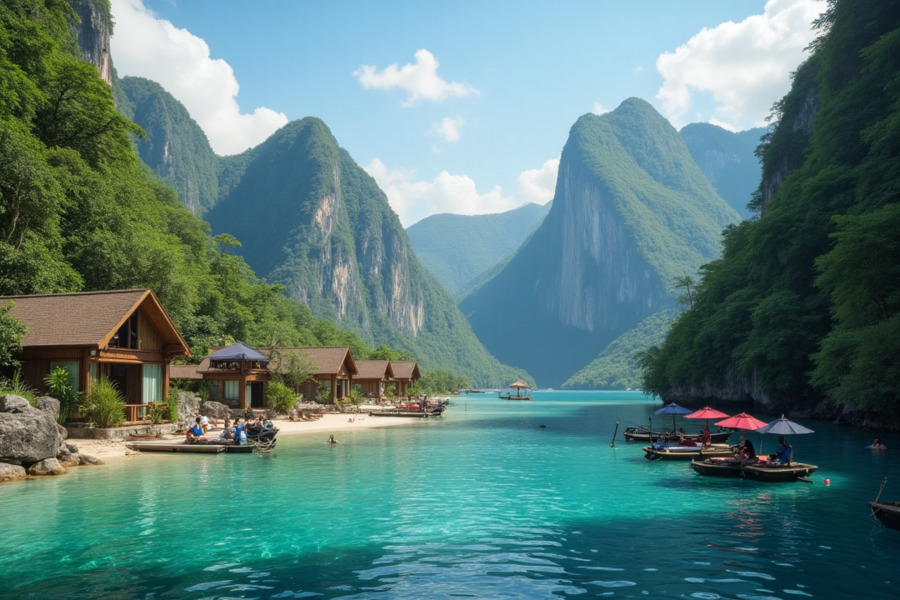≡-Mongolia and Uzbekistan Deepen Strategic Ties to Develop Broad-Based Cooperation in Tourism, Cultural Exchange, and Cross-Border Travel Opportunities Across the Silk Road Corridor – Viral of Today
<> Viral of Today <>
Home » MONGOLIA TRAVEL NEWS » Mongolia and Uzbekistan Deepen Strategic Ties to Develop Broad-Based Cooperation in Tourism, Cultural Exchange, and Cross-Border Travel Opportunities Across the Silk Road Corridor Tuesday, June 24, 2025Rekindling Centuries of Shared Heritage through Modern TourismEfforts to enhance tourism cooperation between Mongolia and Uzbekistan have gained momentum following the State Visit by President Khurelsukh Ukhnaa to Uzbekistan last year. During this visit, both countries committed to working together more closely in the travel and tourism sector. The partnership is grounded in their shared historical and cultural roots, which have long linked the two nations. With similar traditions and values, this renewed alliance seeks to strengthen their positions in the global tourism landscape.Complementary Strengths Form the Backbone of CollaborationOfficials have emphasized that Uzbekistan has built a solid reputation for culinary tourism and for promoting cities steeped in historical and cultural significance, while Mongolia is known for its vibrant adventure tourism, tied deeply to its nomadic lifestyle and equestrian heritage.Another notable difference lies in their primary tourism markets. Uzbekistan has cultivated strong visibility in Asia and among countries with Islamic cultural ties, whereas Mongolia focuses more on travelers from East and North Asia, especially from South Korea, Japan, and China. This divergence allows the two countries to exchange strengths and jointly craft new, complementary travel experiences.Key Focus AreasUzbekistan: Cultural cities, historical landmarks, and food tourismMongolia: Nomadic culture, outdoor adventure, and horseback expeditionsMarket Reach: Uzbekistan (Islamic world, broader Asia), Mongolia (Japan, China, Korea)Concrete Steps to Strengthen Travel LinksA series of practical initiatives have been laid out to turn these plans into action. One of the most visible steps is the joint participation in the upcoming “Silk Road Tourism” International Tourism Fair, which will take place in Tashkent. The fair will serve as a platform for both nations to promote their tourism offerings and form stronger business ties.They have also agreed to organize familiarization tours—special trips designed for travel professionals to experience local attractions firsthand. These initiatives will allow both countries to exchange best practices, understand each other’s tourism models, and build professional networks.In a major step toward improving connectivity, the legal groundwork for direct flights between the two countries was laid in 2023, and discussions are currently exploring how to implement non-stop routes. Such air links would dramatically improve accessibility for international travelers, opening up dual-destination itineraries that blend Mongolia’s vast steppes with Uzbekistan’s architectural marvels.Efforts are also underway to design joint travel packages, enhance investment opportunities, and support private sector initiatives. All of these elements are seen as key to creating a stable and growth-oriented tourism environment.A Landmark Visit and Forum for Future TravelAn important milestone in this collaboration is the upcoming State Visit of President Shavkat Mirziyoyev of Uzbekistan to Mongolia, scheduled for June 24–25, 2025. Leading up to this visit, a significant event took place—the “Pearl of Silk Road” Tourism Forum, held on June 23, 2025, in Ulaanbaatar.This forum marked the first tourism-focused summit between the two nations. Its goal was to explore how the two countries can work together to develop the Silk Road as a modern tourism corridor. Special attention was given to special interest travel such as cultural exploration, history, and niche adventure tourism.The event attracted over 150 stakeholders from the tourism industry, representing both public and private sectors. Their participation reflects a growing commitment on both sides to reinvigorate historic travel routes and make them relevant for today’s global audience.The Power of History to Shape Modern TravelLooking back, it was during the 13th century under the Mongol Empire that the Silk Road reached a period of relative peace and prosperity. This enabled trade and cultural exchange to flourish across the region. Cities like Samarkand, Bukhara, and Tashkent in Uzbekistan became major centers of religion, art, commerce, and architecture.This historical connection now forms the foundation of a new travel narrative, one that blends ancient tradition with modern opportunity. Since the formal establishment of diplomatic relations in 1992, Mongolia and Uzbekistan have taken steady steps to reconnect through their shared past—a story now being reimagined through tourism.Impact on the Global Tourism LandscapeThis bilateral tourism effort is not just of regional interest—it has global significance. With today’s travelers increasingly looking for authentic, immersive, and culturally rich experiences, the combined offerings of Mongolia and Uzbekistan are uniquely positioned to attract interest from around the world.The introduction of direct flights, co-developed travel itineraries, and cross-border marketing efforts could greatly enhance visibility for both destinations. It also introduces new pathways for eco-tourism, cultural travel, and heritage-focused tourism, appealing to travelers seeking experiences beyond mainstream hotspots.These developments are likely to reshape the travel dynamic across Central and East Asia, bringing in new investments, more diverse visitors, and a deeper appreciation for less-explored destinations.A Modern Silk Road for the Next GenerationBy aligning their tourism strategies and leveraging their complementary strengths, Mongolia and Uzbekistan are laying the groundwork for a sustainable and forward-thinking travel partnership. Their shared vision promises to diversify global travel options, while giving tourists the chance to walk in the footsteps of Silk Road caravans, explore ancient cities, and immerse themselves in nomadic traditions still alive today.This partnership marks not just the revival of the Silk Road, but its reimagination—as a vibrant, living route that connects people not just geographically, but through shared culture and collective memory.Tags: Asia, Bukhara, china, international tourism fair, japan, mongolia, Samarkand, Silk Road Tourism Forum, south korea, Tashkent, tourism event, tourism updates, Ulaanbaatar, Uzbekistan
This information will surprise you!
See also
- Read until the end to discover everything.
- Important information you need to know.
- Interesting facts and helpful tips.
Conclusion
Did you enjoy the news? Keep following us daily!













